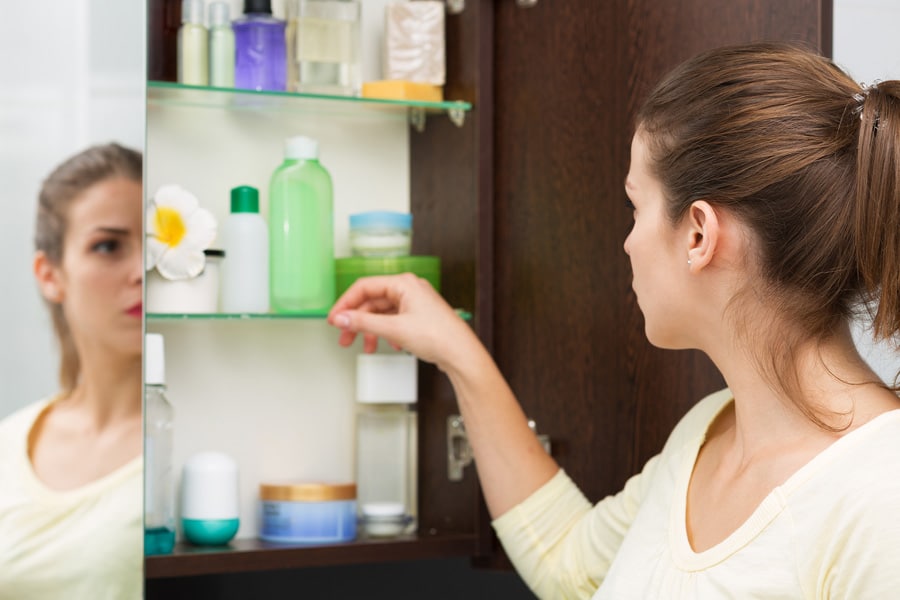There are numerous home remedies to assist in cleaning ears blocked with wax. Some of these remedies include the use of softening drops, flushing the ears with warm water, ear candles and the use of cotton buds or other implements in the ear.
Given how sensitive our ears and ear canals are, it is important to understand how safe each of these home remedies are and whether they actually work. Follow our guide to ear wax removal home remedies below to ensure your ears remain as healthy as possible.
What Home Remedies are Available for Ear Wax Removal?
- Earwax softening drops: Ear wax softening drops can be used ONLY if there is no perforation of the ear drum (seek clinician advice prior if you are unsure as a hole in the eardrum or previous ear surgery may make this remedy unsuitable). Ear wax softening drops, normally purchased from your local chemist, are used to both soften and disintegrate the wax built up within your ear canal. They are often used in combination with other wax removal techniques such as micro suction and curettage, to assist in a quicker and more gentle removal of wax. Softening drops may lead to a ‘gap’ being created in the wax, which may provide some temporary relief with respect to the blockage (and help you regain some hearing) prior to manual removal and on occasion may also lead to a complete resolution of impacted wax. This is more likely when the volume of wax is minimal. Drops used at home include commercial products, olive oil, mineral oil, almond oil, baby oil, a solution of sodium bicarb in water and glycerol. Click here to learn more about softening drops and how to use them.
- Flushing ears with warm water: Again, this technique MAY NOT be suitable and clinician advice should be sought prior as a hole in the eardrum, previous ear surgery, or a current or suspected infection may deem this technique unsafe.
- Ear candles: Evidence tells us ear candles do not work and may seriously damage your ear canal and ear drum through hair fires, burns to the ear canal and hot wax dripped onto the drum. Placing the candle in the ear may also push wax further down your canal, leading to a worsening of symptoms.
- Cotton buds: The use of cotton buds and other implements in your ear (e.g. bobby pins, toothpicks, ‘corkscrew’ type removers) should be avoided. They may push wax further down the canal, can scratch and lacerate the ear canal, and could poke a hole in your eardrum leading to hearing loss, dizziness, ringing and other symptoms of ear injury.
How Home Remedies Work
All home remedies carry some risk. Your ears are incredibly delicate and can be prone to infection and damage. Some of the methods listed above could worsen your ear condition or lead to unwanted complications. Read below for our summarised do’s and don’ts for earwax removal.
Do’s:
- Understand that earwax is normal: Ear wax that does not block the ear canal or cause symptoms should be left alone
- Familiarise yourself with the symptoms of impacted wax: These include decreased hearing, a feeling of fullness or blockage, ringing in the ears, itching, and a decrease in hearing aid function
- Seek professional help when impacted wax is unable to be removed: Manual removal may be required using small instruments and suction, also known as micro suction and curettage. This is the safe and effective technique used by Ear Nose and Throat specialists across Australia and is the same procedure performed by qualified registered nurses at Earworx. Ear wax should always be softened prior to the procedure unless unsafe to do so. Manual removal using water irrigation at your local GP clinic may also be available but is not suitable for everyone and is no longer performed at all clinics
- Seek medical advice if you experience bleeding, sudden hearing loss or pain that you are not sure is related to wax. These are less typically related to wax impaction and may a sign of other conditions
Don’t’s:
- Don’t over clean your ears: The ear is a self-cleaning organ and most of the time wax makes its own way out of the ear without any special treatment.
- Use cotton buds or other implements in the ear: You may push wax further down and lacerate the ear canal
- Use ear candles: They do not work and may injure the ear canal and drum
For safe and effective ear wax removal, you should turn to ear wax softening drops or manual removal such as micro suction to remedy blocked ears and excess wax.
Micro suction is completed at our dedicated ear wax removal clinics. Small instruments and gentle suction are used to remove wax from the ear canal without the need to touch the ear canal wall or drum which is a common cause of damage. Wax is removed by qualified registered nurses who are experienced in the procedure.
Contact Earworx and make a booking today.
Sources:
Schwartz et al 2017, Clinical Practice Guideline (Update): Earwax (Cerumen Impaction), Otolaryngology-Head and Neck Surgery Vol 156 (IS) S1-S29





